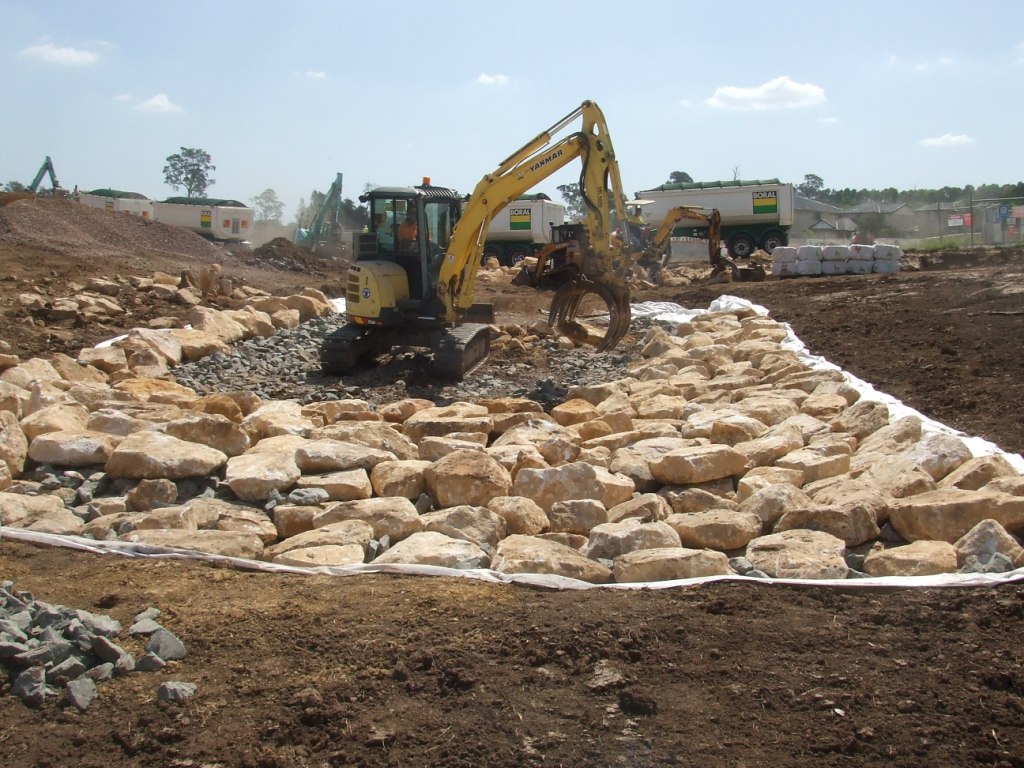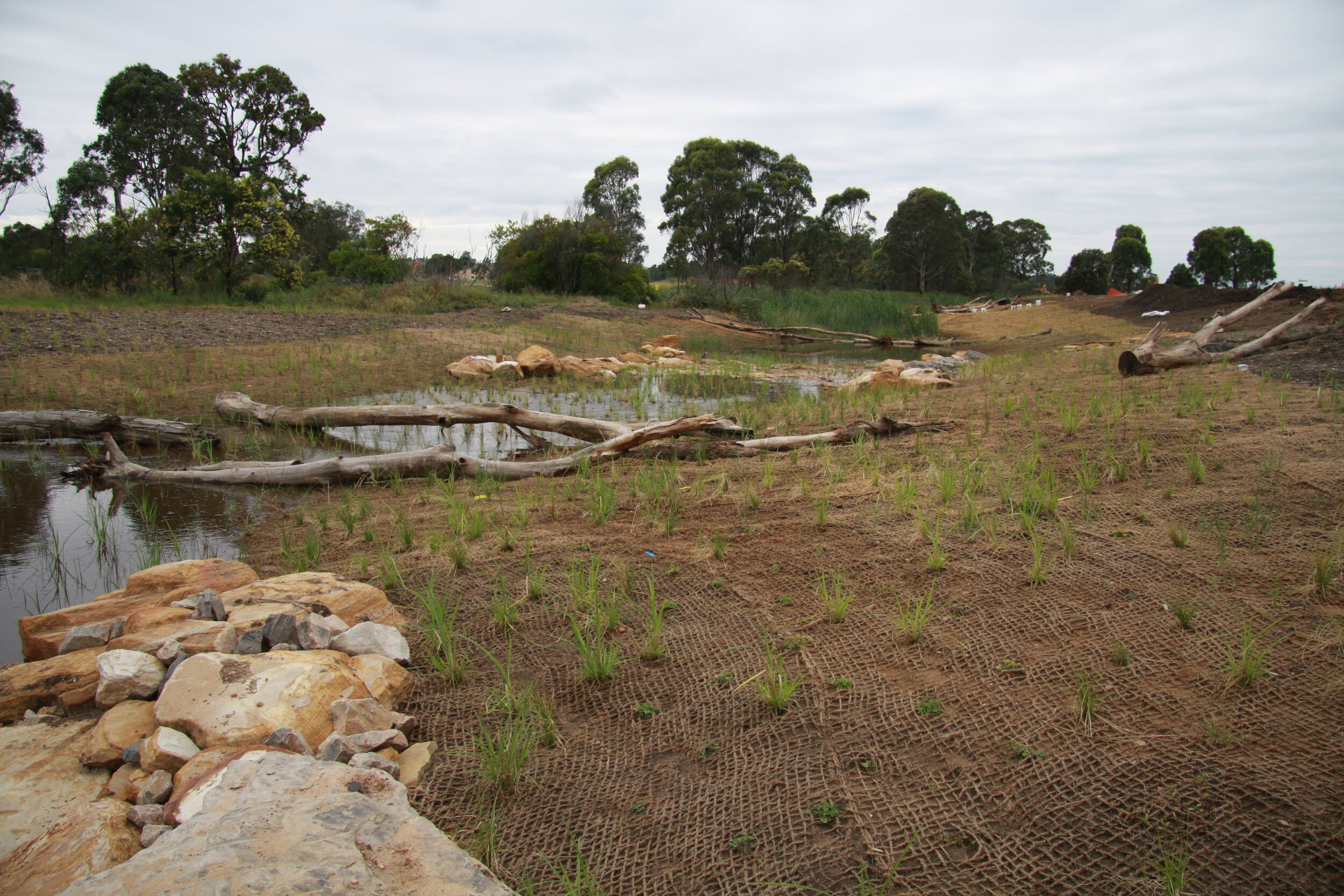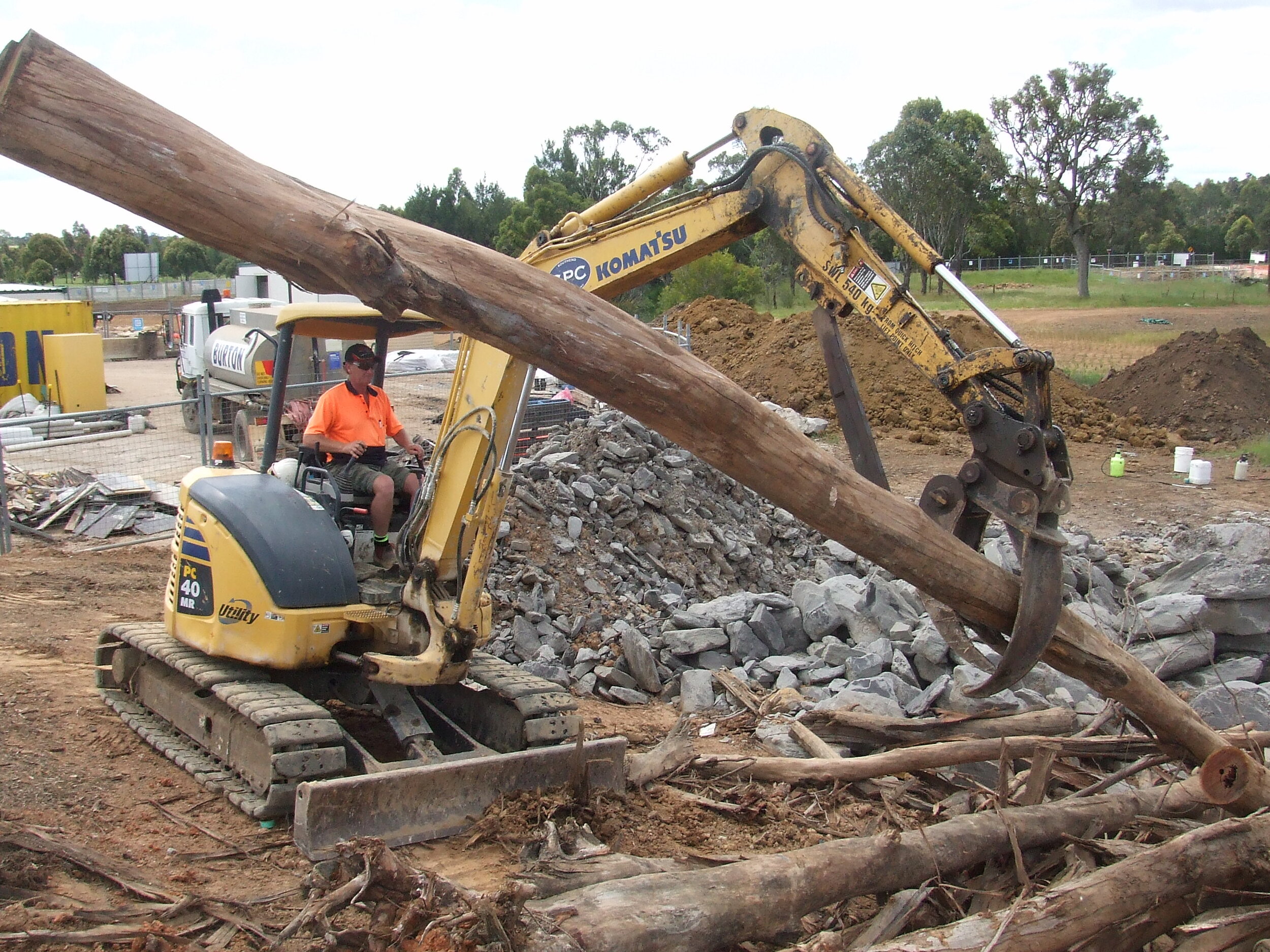Why green a city?
I made a detour on my recent visit to the USA to meet my friend Raphael Garcia. He is the project manager for green infrastructure in San Fransisco Public Utilites. Currently Public Utlilities have a $US6.9 billion on the Sewer System Improvement Program and of that a $400 million budget for green infrastructure.
Mission Street water sensitive urban design view when completed, showing an environment for people that improves stormwater water quality.
The Sewer System Improvement Program (SSIP) is a 20-year, multi-billion dollar citywide investment to upgrade the aging sewer infrastructure to ensure a reliable and seismically safe sewer system now and for generations to come.
An example of completed green infrastructure that allows infiltration of water.
Flooding is a major consideration in San Fransisco to reduce impacts to residents in low-lying areas. Since SF is one of the few major US cities with a combined sewer and storm water system another important goal is the reduction of combined sewer discharges to the Bay and Ocean. Green Infrastructure helps manage stormwater through infiltration via rain gardens, permeable paving, and creek daylighting. These projects also help beautify the streets, improve public safety, and enhance wildlife habitat, making the streets reflect the values of the residents. These green projects partner with other departments to make more complete streets such as adding dedicated bicycle paths to reduce carbon emissions, creating a more sustainable city.
Green infrastructures takes advantage of the natural processes of soils and plants in order to slow down and clean stormwater. In San Fransisco this stops stormwateroverwhelming the City’s sewer system.
Fact sheet http://sfwater.org/modules/showdocument.aspx?documentid=3736
Bike paths being installed at Mission Street.
How its done
Raphael took me to one of his current and challenging projects in the Mission District. This project is creating new public gathering space on the streets by transforming driving lanes into public plazas. Other future green projects projects include living roofs and vertical gardens, all designed to green the impervious city.
Building raised wetland planters adjacent on the footpaths to extend restaurant eating areas.
In this project City Staff and consultants carried out the complex calculations associated with drainage Management areas and potential rain events. Areas of the city are identified that provide the best opportunity to catch, store and clean stormwater. The stormwater in San Francisco mixes with sewer and during large rain events can discharge to the sea. Green projects aim to reduce peak discharge rates using the streetscape and gardens, removing pollutants as the water flows. Installation works are complex in this old city due to old and decaying underground services.Sea level rise is further exacerbating this problem with salt water entering the combined sewer system several times a year causing problems at the Southeast Treatment Plant.
Contractors are engaged to undertake the works. This involves excavating areas of city streets and footpaths and replacing them with a permeable landscape to infiltrate stormwater. Various different layers of filter media are laid over each other, some for water storage, others for pollution removal and plant growth. These layers are designed to keep fines near the surface to reduce maintenance and prolong the lifespan of the asset. The layers need to be installed in just the right way to ensure correct water quality treatment in bioswales. Apart from the environmental services bioswales provide, the end result is a beautiful area for people, plants and biodiversity. Other streets which did not have copious services below also incorporated large water infiltration tanks similar the Atlantis Flo-Tanks I use in Australia.
During excavations a water pipe is broken, a common problem on complex city work
As I watched the contractors excavate the streets it was quite evident how difficult this work is to complete. The final product looks pleasant to the eye, but what’s underground, particularly to old services is a civil contractors nightmare. A plethora of electrical, water and gas pipes are hidden under the roads. These need to be removed, replaced or realigned depending on their function. Greening a city can be difficult but rewarding.
This garden was ready for planting with all the layers of specialised media, unfortunately water from the broken pipe and subsequent excavated material has contaminated the layers so replacement is required in this bed.
Further upstream green roofs like this one at the California Academy of Science reduce stormwater runoff and purify it.
Evolvement has been involved a number of water sensitive urban design projects. These projects reduce downstream pollution and increase biodiversity. Property prices have been increased on projects by aesthetic and functional WSUD development. Call Robert Griffith on 0468 787 071 for further advice.
Porous Paving allows infiltration of stormwater. In this instance a specific application was designed and installed for vehicular traffic covering approximately 150M2 in a residential situation. The paving itself will store the first flush of a storm event, holding approximately 15M3 of stormwater. Two types of systems were used. Runoff from this pavement is utilised in an orchard and later for aquaculture.
1. Handcut granite pavers were laid on various layers to allow infiltration. The pavers give an old world feel and will be a useful product for centuries.
2. Atlantis Flowcell(r) was laid to provide a hard surface through garden areas for vehicle access and parking. The Atlantis system provides a long lasting & low cost paving. It is 100% recycled material and available worldwide.
The garden area itself provides for high infiltration rates and utilises Atlantis water management systems within.
Evolvement staff placed sandstone boulders provide scour protection, stability for soil and subsequent aquatic vegetation. They also assist aeration as a necessary requirement for biodiversity.
Careful placement of rock reduces the chance of failure by erosion and provides stability for macrophytes.
Evolvement staff installing wood into streams to increase biofilms and resulting biodiversity
Keying in the leading edge keeps the rock riffle in place.
Biofilter at BP Marulan protecting the local creeks from diesel spills
Biofilter with native macrophytes at Elizabeth Hills Sydney for Mirvac


















